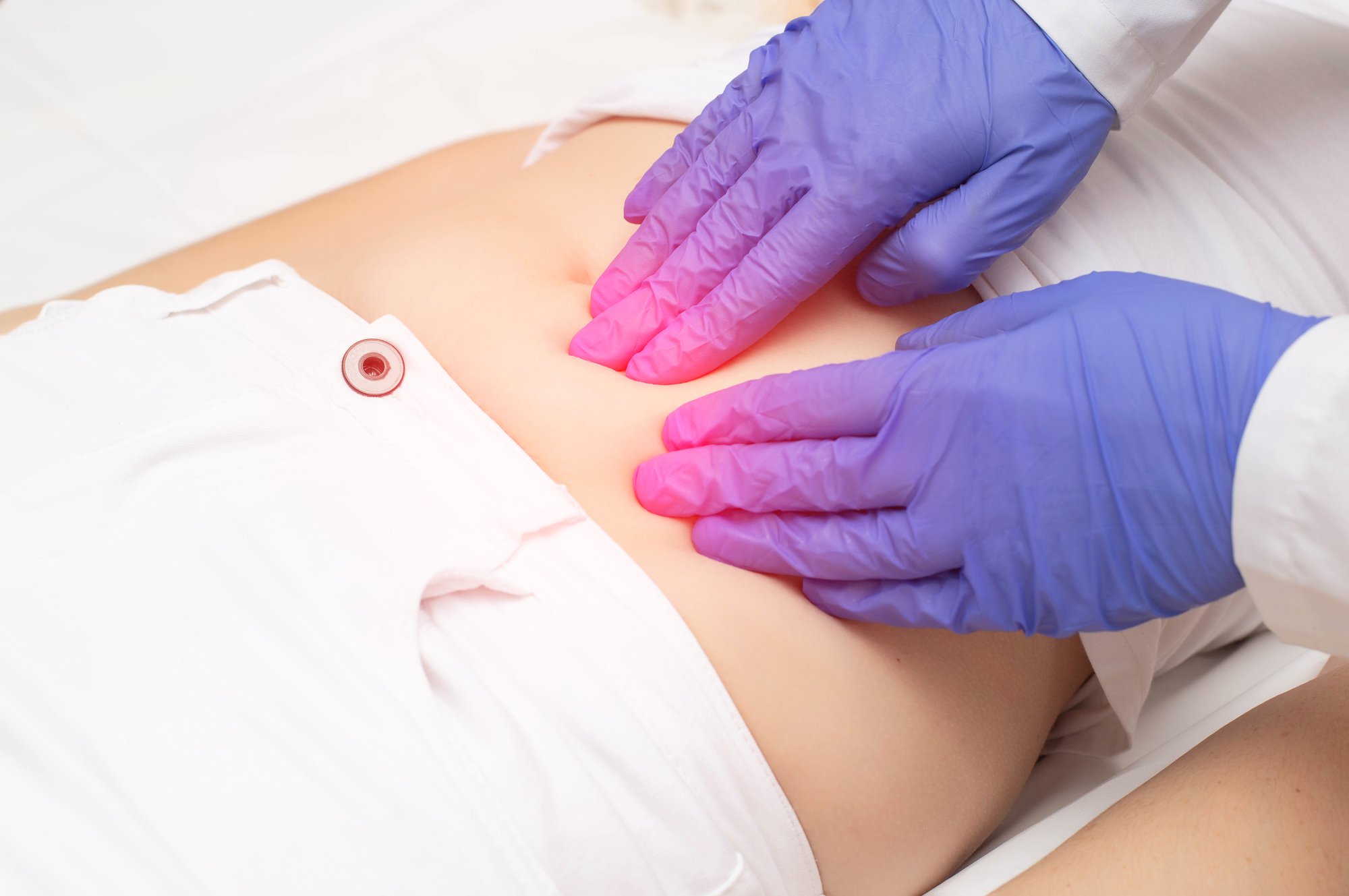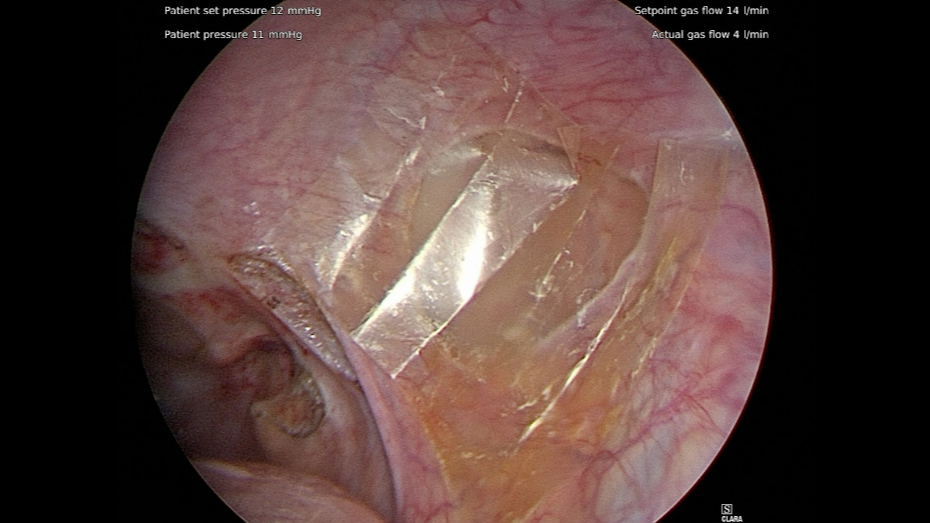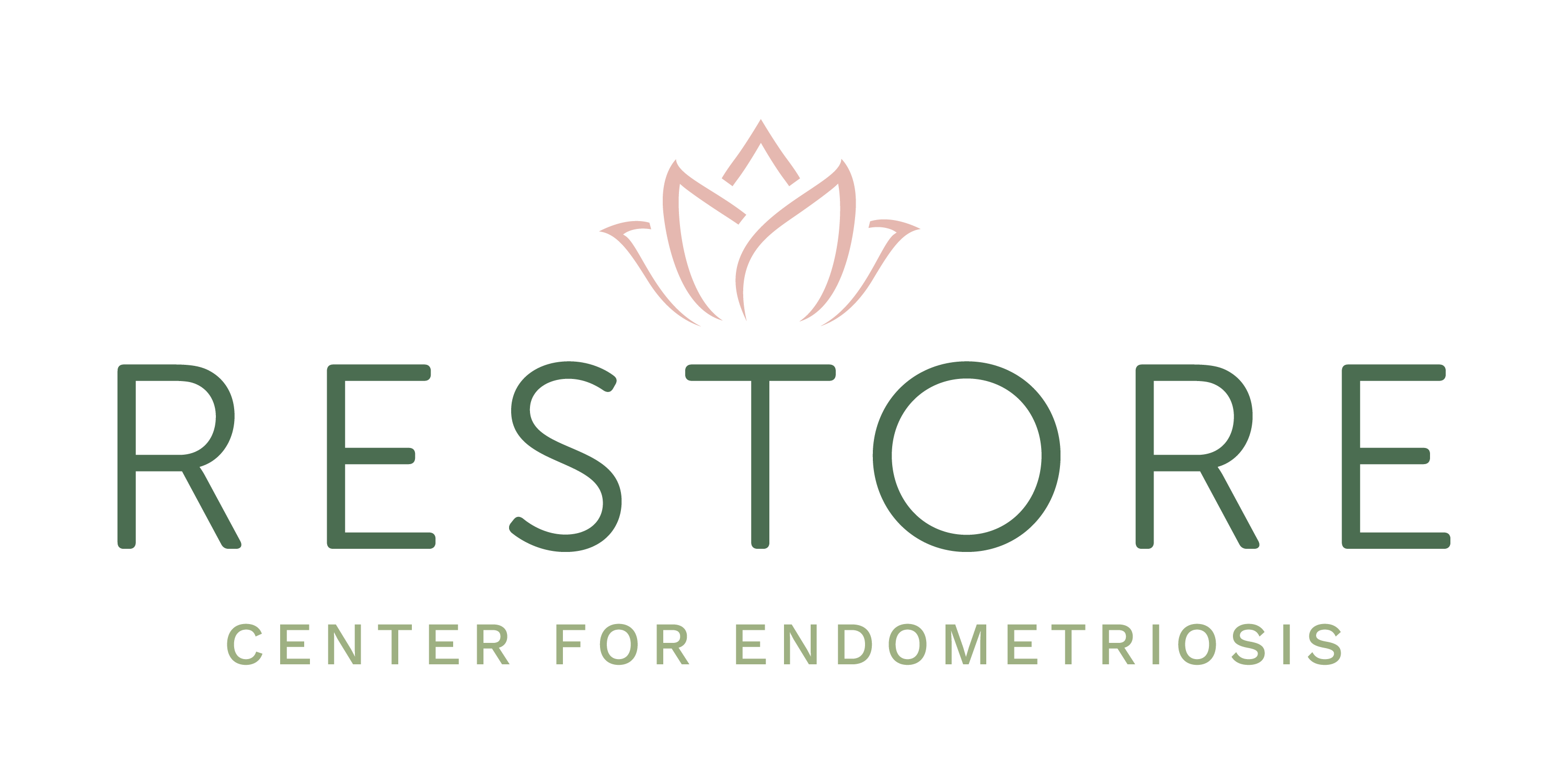Adhesion Prevention
What are Adhesions?
Adhesions represent fibrotic bands of tissue, akin to scar tissue, which develop between neighboring organs and structures within the body. These bands may form between various regions, such as the ovaries and pelvic sidewall, or between the uterus and bowel. They exhibit diverse characteristics, ranging from delicate, cobweb-like strands to dense, thick formations resembling hardened glue. Adhesions typically stem from pelvic conditions like endometriosis, instances of infection, or previous injuries, including surgical procedures.


Treatment of Adhesions
Several approaches exist for removing adhesions, reconstructing pelvic anatomy, relieving associated pain, and reducing the likelihood of recurrence. Some of these include:
- Adhesiolysis - Removal of Adhesions
- Adhesion Barriers
- Ovarian Suspension
- Early Second Look Laparoscopy
-
Products that promote tissue healing
At RESTORE Center For Endometriosis, we strongly believe that removing all the endometriosis is only half the battle, and being deliberate about preventing adhesions after surgery is also very important for fertility and pain. We also believe that preventing adhesions should not limit the commitment to removing the endometriosis first. Optimal Excision and Adhesion Prevention are both important for best outcomes, and one should not compromise the other
How to Prevent Adhesions
Following the surgery to remove endometriosis (see: Optimal Excision Surgery) barrier can be used to optimize prevention of adhesions. Some barriers have to be removed, some do not. Depending on your situation and goals, the best adhesion prevention strategy will be discussed with you.
For patient with a history of infertility and who required removal of an endometrioma (cystectomy), GoreTex was shown to be twice as beneficial for pregnancy rates. This is landmark study that has been published, and is the first study showing a benefit of any adhesion prevention strategy and improved pregnancy rates.


Now There is Hope
If you suspect that you're experiencing adhesion-related pain, there's very good news! Skilled laparoscopic removal of adhesions, possible ovarian suspension, coupled with the strategic application of adhesion barriers, and, if necessary, an early second-look procedure, can offer lasting relief and reduce the likelihood of recurrence.
Improving health and fertility by cutting out disease and adhesion prevention
The ultimate goal is to improve quality of life, sexual functioning and fertility. The way that we do that is primarily by removing the disease is the best possible way, called optimal excision.
Our approach to health is NOT to give medications that induce chemical pregnancy (like OCPs or birth control pills) or menopause (like Lupro Orilissa).
Our approach to fertility is NOT to offer treatments that bypass the underlying problems.
Our approach to health and fertility is to offer a ROOT CAUSE treatment to CUT OUT (excision) disease.

